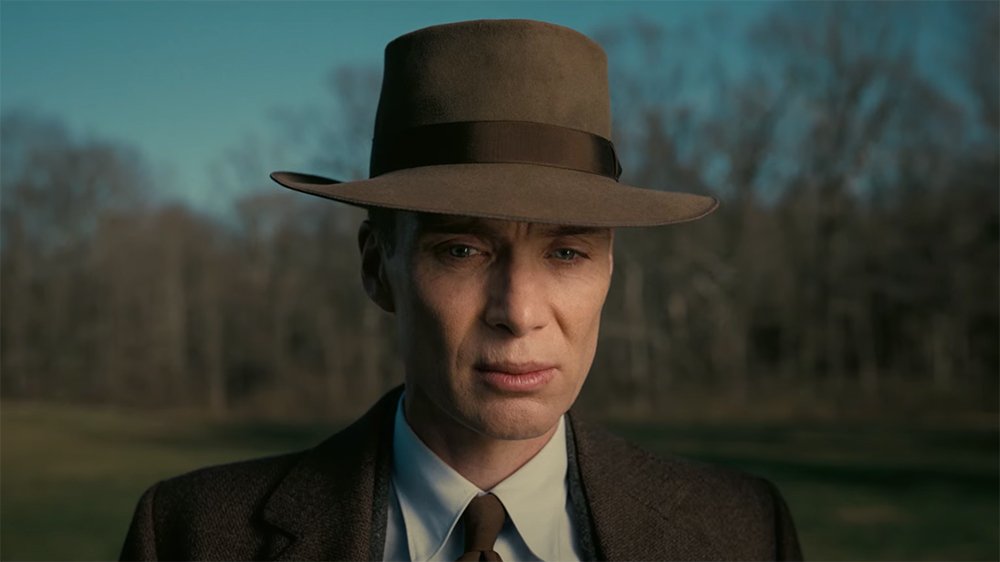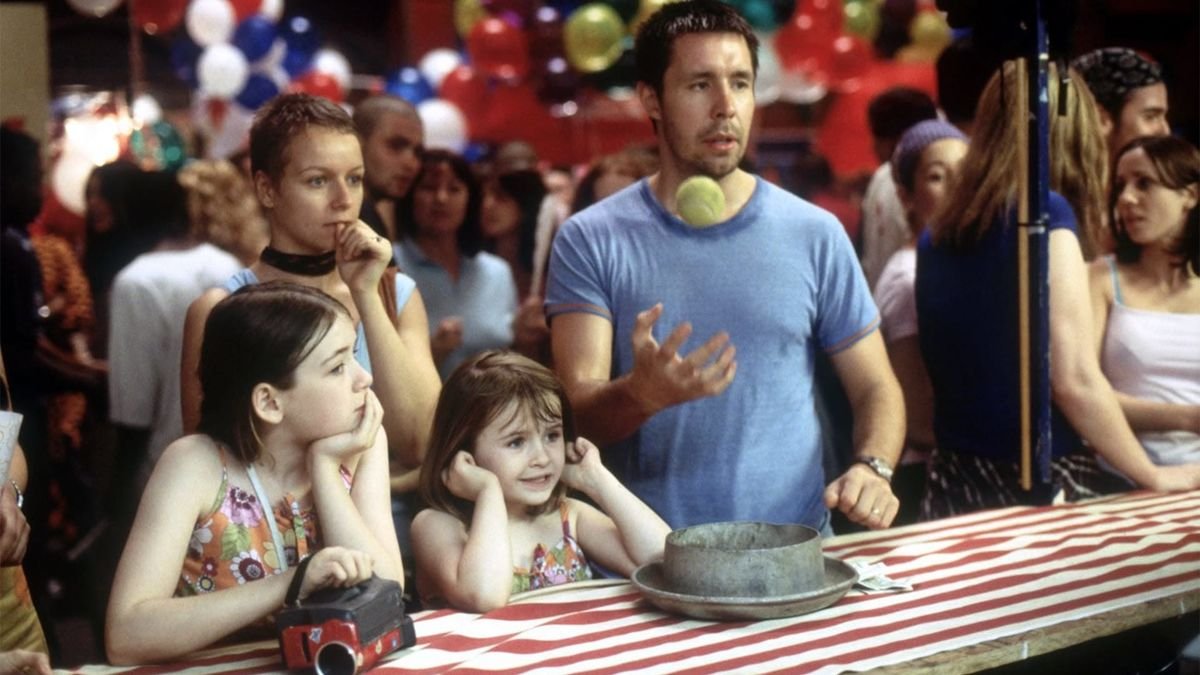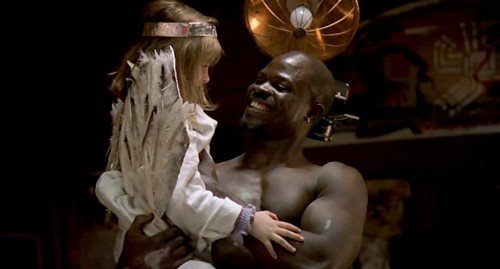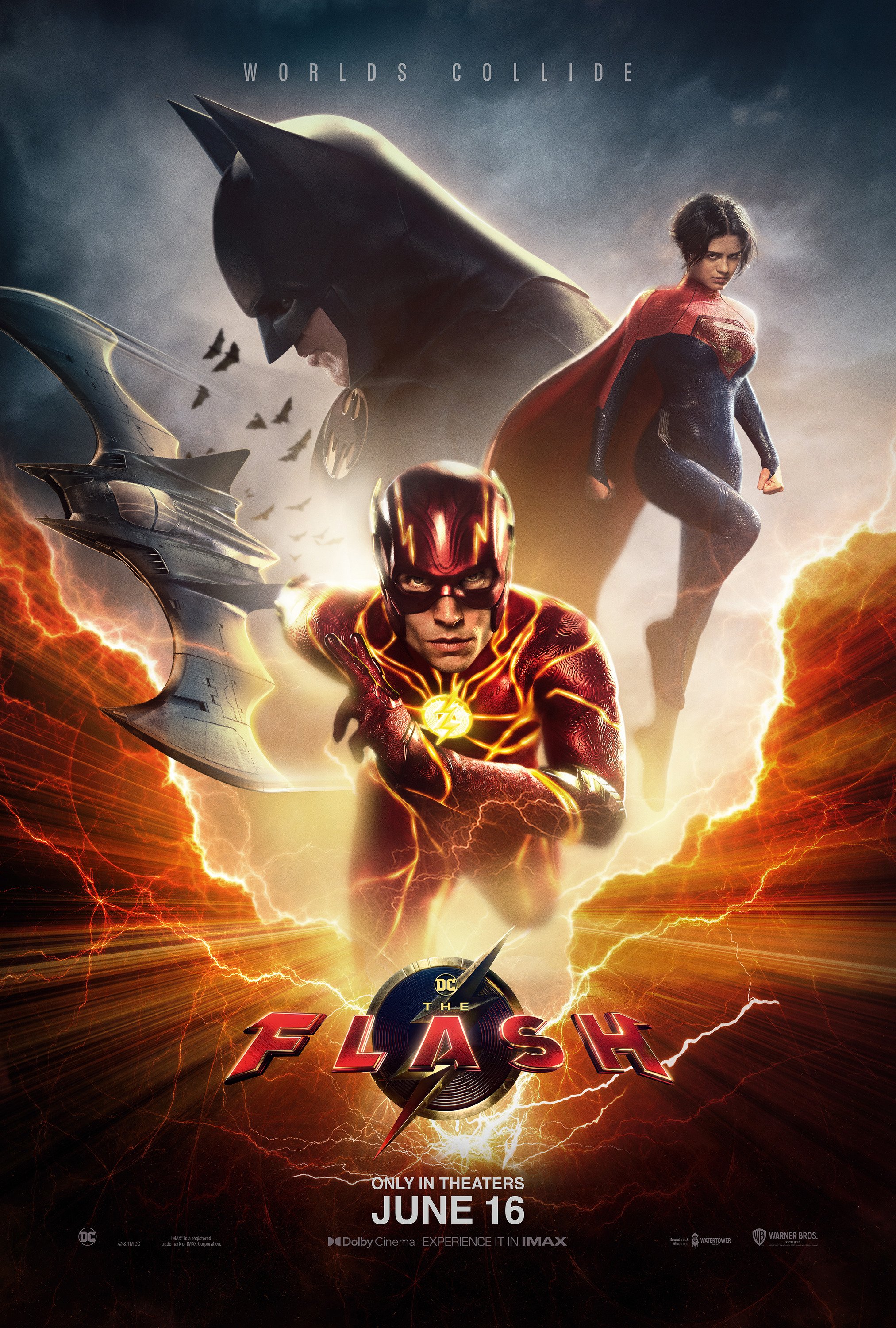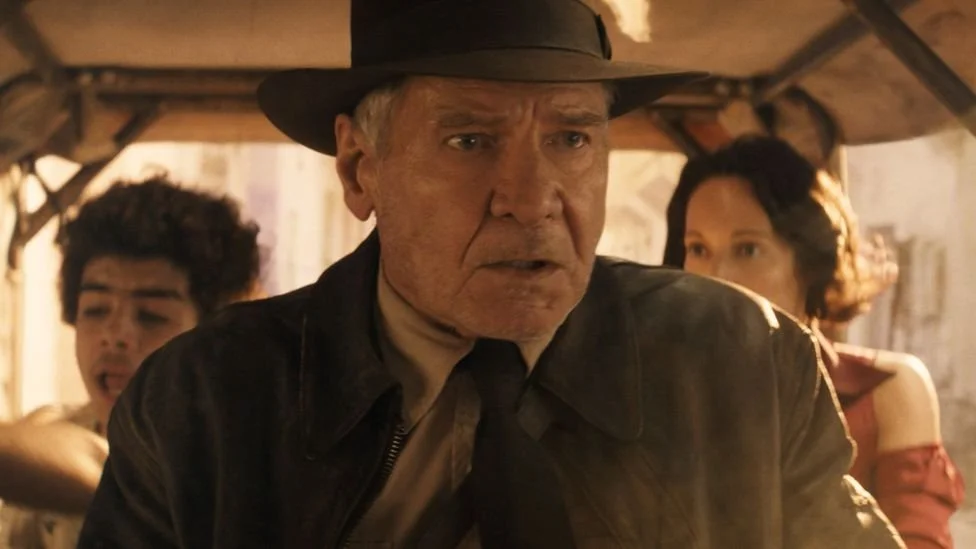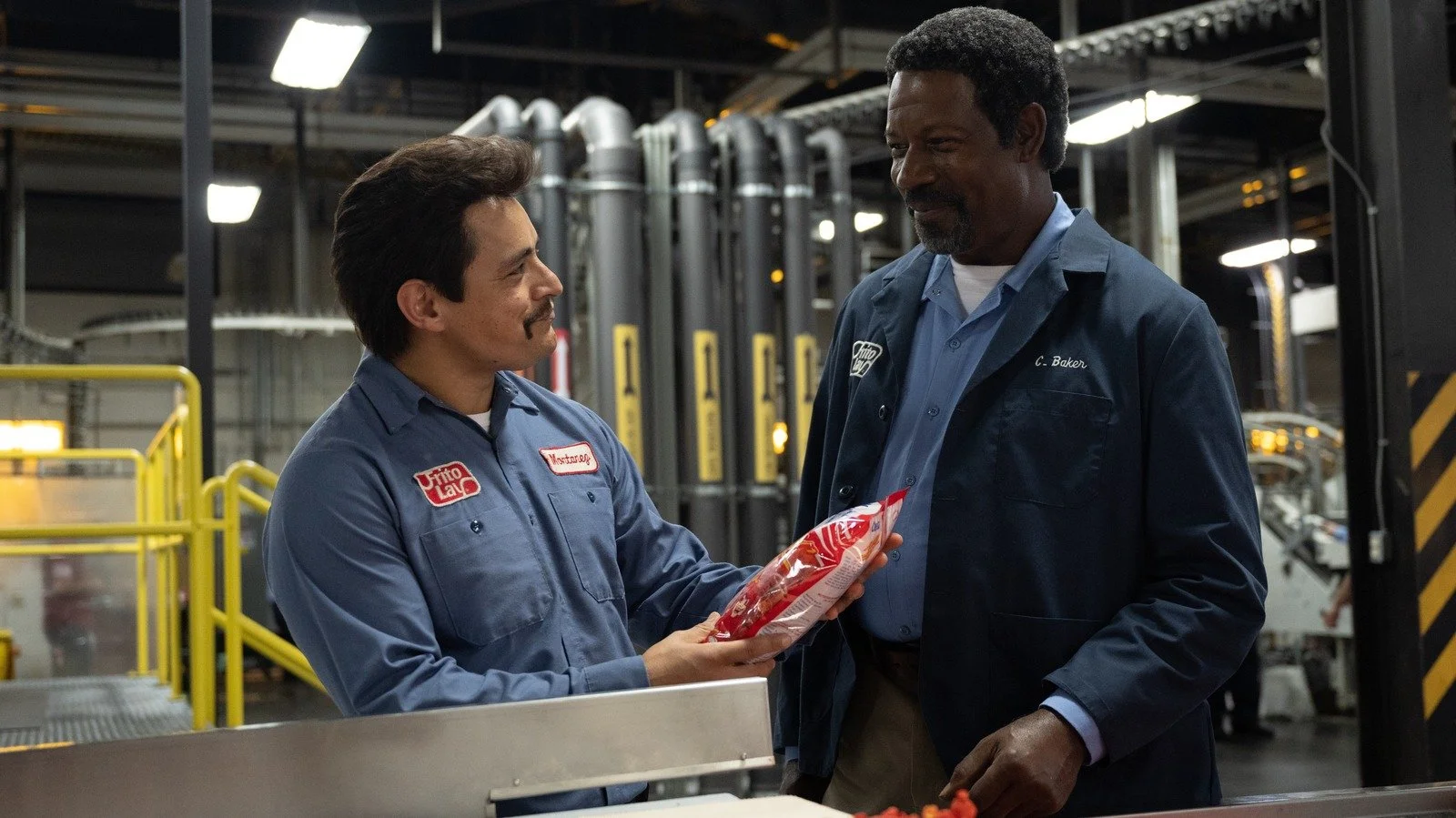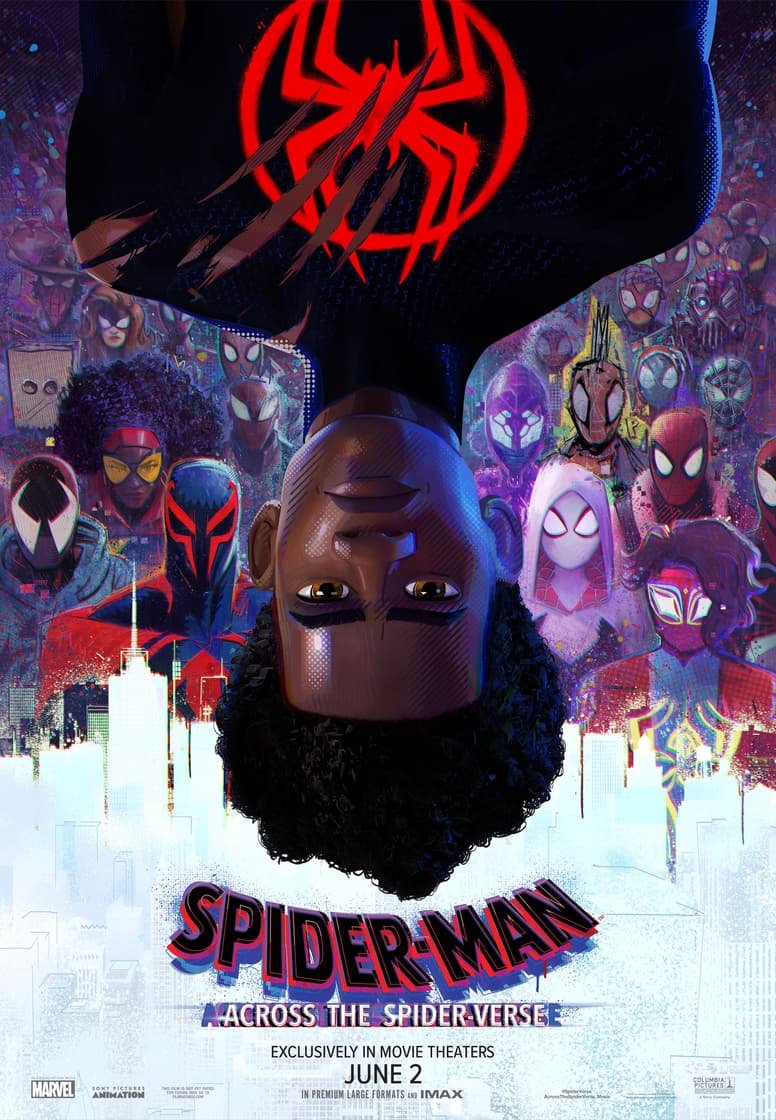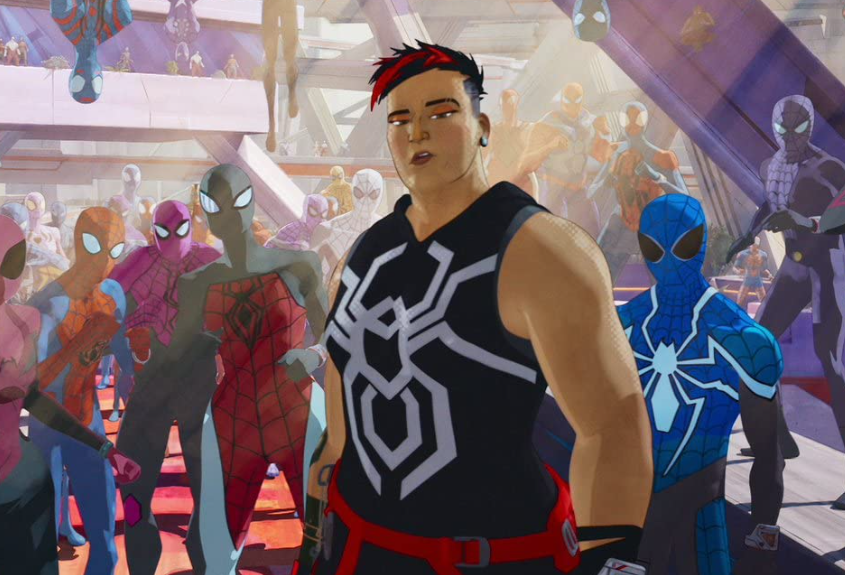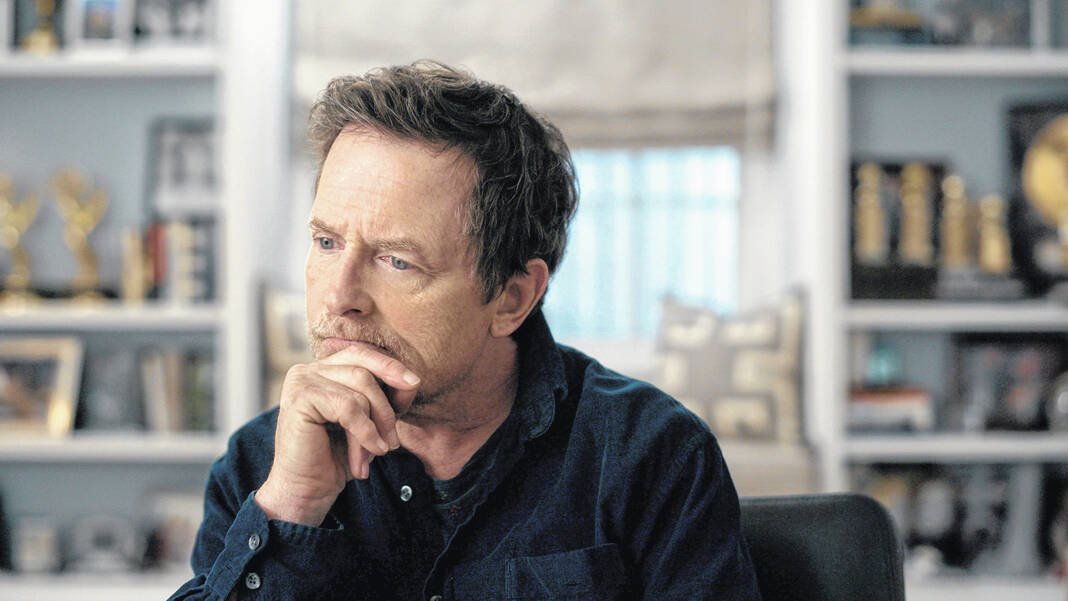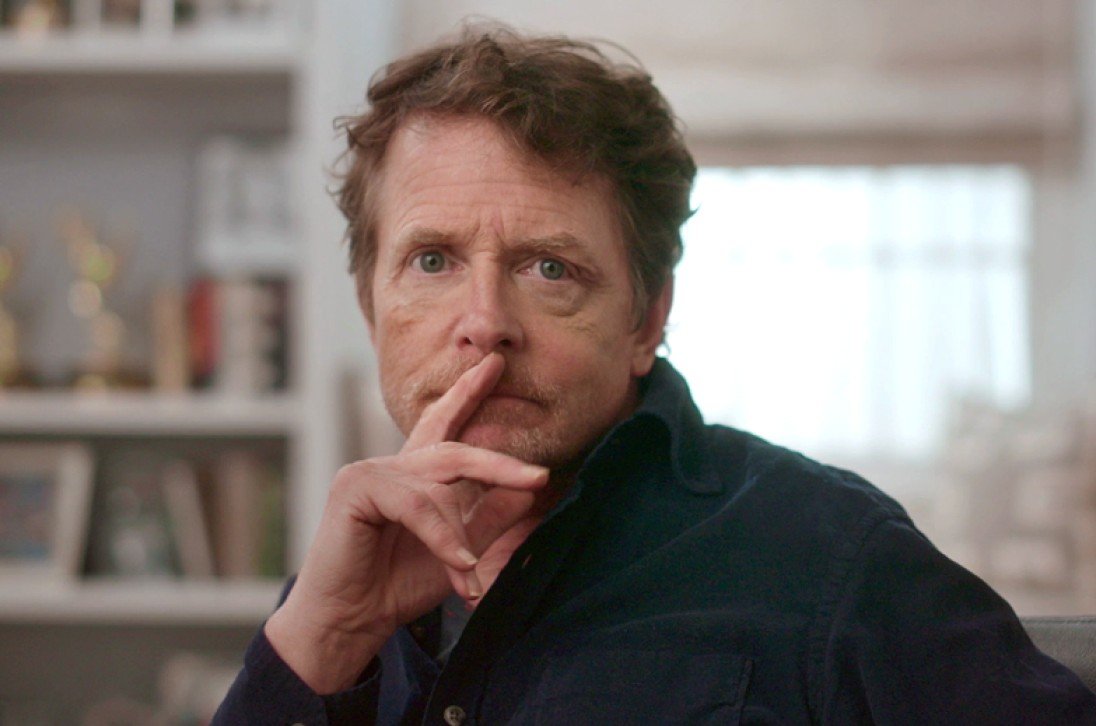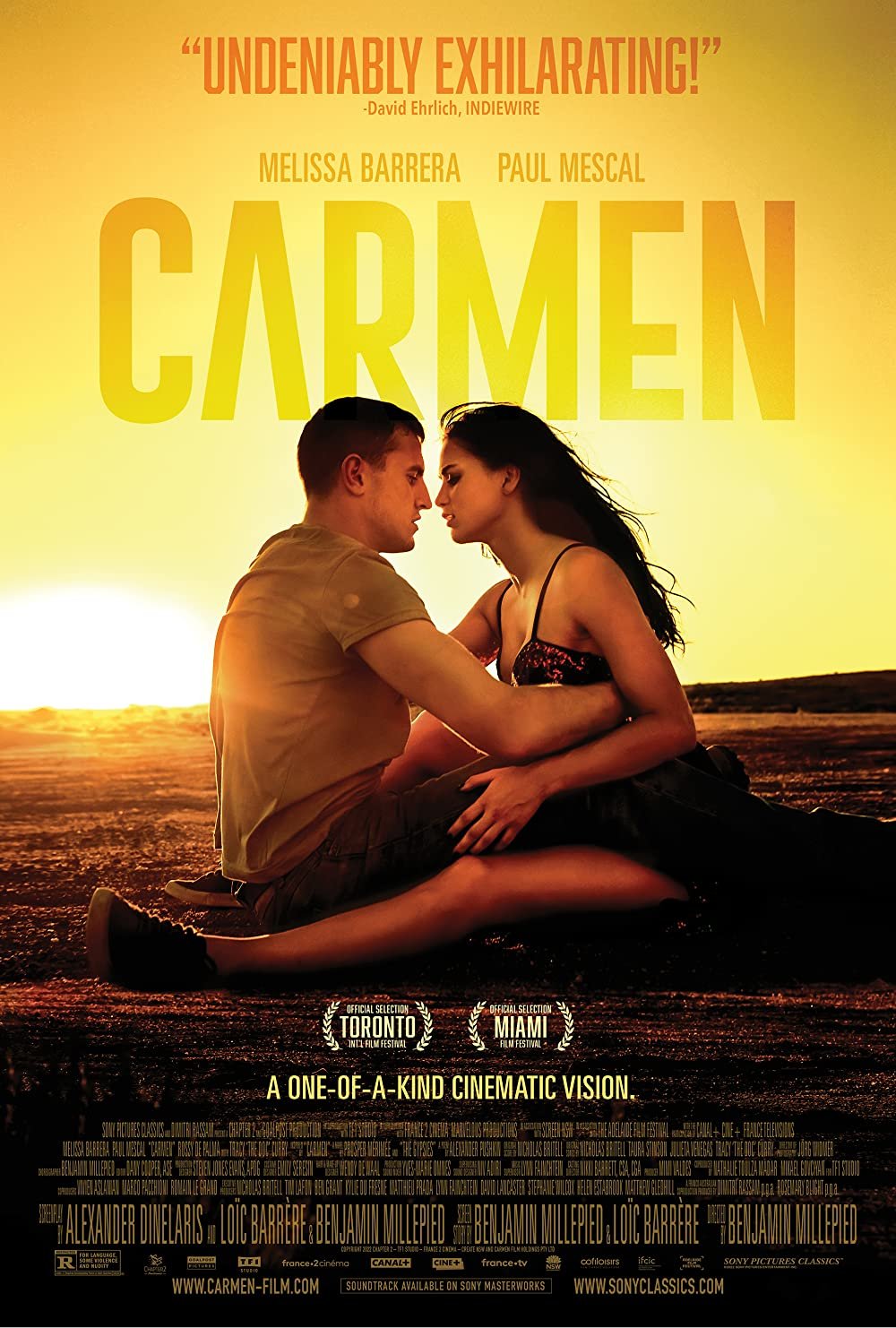Directed by: Jonathan Sobol
Written by: Paolo Mancini and Thomas Michael
Starring: Ron Perlman, Emma Ho, Elias Koteas, Joel David Moore, and Harvey Keitel
Rated: R
Runtime: 100 minutes
‘The Baker’ is a stale vigilante story despite some curious ingredients
“So, who are you? Are you some special forces guy or something?” “I’m just a cook.” - “Under Siege” (1992)
“Are you a cop?” “I’m a baker” – “The Baker” (2022)
The aforementioned 1992 action film is arguably Steven Seagal’s most memorable movie. Casey Ryback (Seagal) is a cook on a United States battleship, the USS Missouri, when mercenaries take over the boat. However, Ryback is no ordinary cook. He’s a former Navy SEAL, so look out, baddies.
In director Jonathan Sobol’s “The Baker”, Ron Perlman plays the title role. Donald Gilroy (Perlman) owns Pappi’s Bake Shop, and Sobol’s camera captures our culinary hero kneading dough quite serenely.
Namaste, y’all.
However, Don has a secret, violent past, where he was surrounded by enough guns to recognize when a .38 caliber is fired just by listening to the shot. Well, his peaceful existence in the food industry is disrupted when his son Pete (Joel David Moore) witnesses a bloody and lethal clash between drug dealers. Pete leaves with a gym back full of drugs, the latest rage called Pink, but the head dealers want the sack of narcotics back.
So, Don cooks up an old recipe filled with ruthless aggression and vengeance in this indie action film where the 73-year-old Perlman convincingly bludgeons those who boil his blood pressure. Unfortunately, the story is as stale as month-old bread despite some curious choices, like a croissant with wasabi filling. (Not literally)
Still, diehard Perlman fans will probably enjoy watching their hero sauté screen time for 100 minutes, where he beats ruffians with bravado and grills gruff exchanges, and Elias Koteas and the legend Harvey Keitel sport supporting performances, so there’s that.
In the first act, Pete shows up at his dad’s place and asks him to watch his 8-year-old daughter Delphi (Emma Ho) for a bit while this chauffeur by trade hopes to drive into financial security. However, when Pete’s plans are poached, and he’s pounded into a pulp, Don needs to find his son’s whereabouts and shred the men responsible.
This one-man wrecking crew could confidently handle the collection of crooks on his own, but the problem is he needs to protect Delphi with one hand while thumping villains with the other.
From a top-down perspective, “The Baker” plays out like every vigilante movie you’ve ever seen. Donald’s baker profession barely works into the story, other than he uses a loaf of bread to hide “something” valuable. Geez, wouldn’t it be great if he suffocated his miscreant opponents with dinner rolls or frosting, or delivered a closing line before landing some vicious blows to a troublemaker?
“The Baker says you’re done!”
Sure, these ideas are campy, but at least they add some flavor to the narrative.
Sobol, screenwriters Paolo Mancini and Thomas Michael, and Ho portray Delphi as difficult, which – unfortunately - feels completely contrived. She devours our cook’s creations and leaves messes at the shop. Delphi is also mute, so Donald can’t communicate with her. Still, he regularly addresses Delphi as, “Hey, Brat.” As one might guess, their relationship becomes more cordial over time, as Don finds time to read a book to her and recall a memory when her dad and he engaged in a mushroom hunt in the woods.
Searching for mushrooms in the wild?
Whether he loses patience with Delphi or finds spaces for endearing grandpa-granddaughter time, her safety is paramount. Although she accompanies him on his hazardous trip all over the tropical locale, one filmed in the Cayman Islands. He’ll tell Delphi to wait in his food truck while he steps into a seedy bar or miserable apartment complex and combats a Ukrainian mobster who sports metal teeth or a dopey small-time dealer.
So, Delphi, lock the door and stay put. At one point, Don says, “Some things might happen. Some things you don’t wanna see,” so he instructs her to wear a virtual reality headset to block out any potential ugly sights or noise.
The movie isn’t particularly noisy – outside of the brutal slugfests – and because of Delphi’s silent temperament, Perlman is forced to have one-person dialogues throughout the film. He’s not quoting Shakespeare, and granted, we don’t expect him to be Hamlet, but Don fluently speaks multiple languages.
Still, he’ll occasionally bark, “Get me a chocolate bar, no peanuts,” but also fix the girl’s shoe without a second thought. He’s a good cop, bad cop, cobbler, vigilante, and baker all rolled into one.
“The Baker” adds some silly ingredients, like a CGI-created cockroach and hitmen walking around hospital rooms with their intimidating rifles out in the open, but the movie has some inspiring ones: defibrillator paddles used as a weapon and a black and white costume ensemble for the prime antagonist and his henchmen, a reverse color scheme of Darth Vader’s and the Stormtroopers’ attire.
Again, Perlman fans might gladly sit at the table and ask for seconds, but unlike Seagal’s cinematic turn as a gastronomic lead, “The Baker” isn’t the most palatable movie.
Jeff’s ranking
1.5/4 stars







